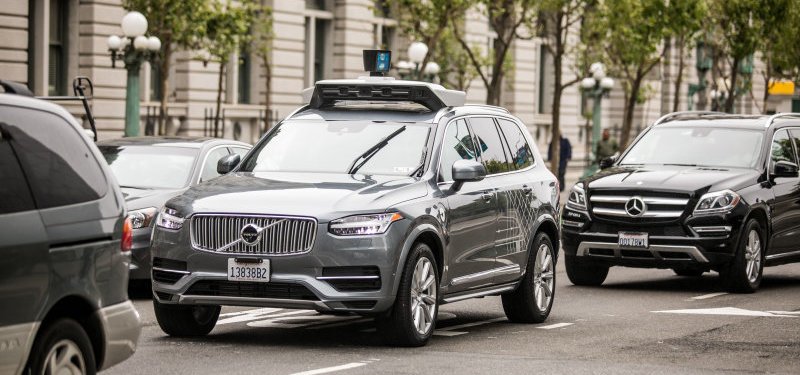Volvo expects a third of its cars sold to be driverless by 2025

Volvo on Thursday set out ambitious new business targets for itself, saying it expects a third of all cars sold to be self-driving vehicles and half of all cars it offers to be available through its Care by Volvo subscription service, creating direct links to 5 million customers, all by the middle of the next decade.
The business goals add to Volvo's previously stated target that half of its car sales will come from pure electric vehicles by 2025. Volvo says the initiatives will help it transform its connection to consumers and help it develop new connected services for consumers and generate "premium level profitability" in line with other luxury automakers.
"These initiatives will help transform Volvo from being purely a car company to being a direct consumer services provider," President and CEO Håkan Samuelson said in a release.
Volvo last year announced its intention to electrify every new model from 2019 on, either as a hybrid, plug-in hybrid or full battery-electric. It has yet to introduce a fully electric vehicle but does offer plug-in hybrid versions of the XC90, S90 and XC60, plus the forthcoming V60 wagon. It says it expects to benefit from economies of scale and shared development costs with its Polestar performance electric-car brand and Lynk & Co., the Chinese car brand in which Volvo owns a 30 percent stake.
On Thursday, Volvo added that it plans a "broader range of cars" and plans to target sales to autonomous ride-hailing companies. Volvo has partnered with Uber on its fleet of self-driving vehicles by providing XC90 SUVs equipped with autonomous technology. Uber has been testing Volvo prototypes in Pittsburgh and Tempe, Ariz., where one test vehicle struck and killed a bicyclist in March. Other carmakers are partnering with technology companies to provide autonomous ride-hailing fleets, such as Chrysler's agreement to provide Pacifica Hybrid minivans to Waymo.
Volvo says it reached record profits and sales in 2017 with more than 571,000 vehicles sold, capping its fourth straight year of growth. Its year-to-date U.S. sales through May were up 40.9 percent to 37,754 vehicles.
Related News
